Can Tho: A 4-year-old boy mistook a tube of rat poison for a calcium tube and gave it to his 6-year-old sister to drink. She then vomited and had to be taken to the emergency room.
On February 7, Dr. Nguyen Trong Nghia, Emergency Department, Can Tho City Children's Hospital, said that the two children were transferred to the local hospital after gastric lavage and intravenous fluids. Doctors continued to feed them intravenously and gave them activated charcoal to eliminate toxins.
After three days of treatment, the two children gradually stabilized, they ate orally, their vital signs were stable and they were discharged home to celebrate Tet. The children said that their mother often gave them calcium tubes, so when they saw the tube of medicine, they took it.
According to Dr. Nghia, the hospital occasionally receives cases of poisoning in children due to careless adults leaving drugs and chemicals in unsafe places, causing children to eat or drink them by mistake. This is the leading cause of poisoning, often occurring in children aged 1-5, because this age group is curious and exploratory but cannot distinguish between toxic chemicals.
When discovering or suspecting that a child has accidentally ingested a drug or toxic chemical, it is necessary to quickly separate the child from these substances and take them to the nearest medical facility. When going, parents should bring the drug or chemical suspected of causing poisoning, helping the doctor quickly find the cause and the antidote.
If the child is poisoned through the skin and mucous membranes, first aid is to immediately remove clothing contaminated with chemicals and continuously wash the body area exposed to the chemicals under clean running water. If the chemicals get into the eyes, wash the eyes by immersing the face in a basin of water and blinking continuously, and drop in saline solution.
If poisoned through the digestive tract, elevate the child's head or keep the child in a sitting position if the child is still conscious. If the child is unconscious, lay him or her on the left side. This will help prevent choking. At the same time, when the child vomits a lot, the substances in the stomach will not flow up the esophagus and into the trachea and lungs, causing danger. Absolutely do not induce vomiting in cases where the child is comatose, lethargic, convulsing or suspected of ingesting corrosive chemicals such as acid, gasoline, etc.
Doctors recommend that parents keep medicines and toxic chemicals out of reach of children, preferably in hidden places where children have little chance of contact. Do not store chemicals in drinking water bottles, bottles with eye-catching colors attract children's attention, easily leading to dangerous confusion.
Le Phuong
Source link



![[Photo] General Secretary attends the parade to celebrate the 80th anniversary of the founding of the Korean Workers' Party](https://vphoto.vietnam.vn/thumb/1200x675/vietnam/resource/IMAGE/2025/10/11/1760150039564_vna-potal-tong-bi-thu-du-le-duyet-binh-ky-niem-80-nam-thanh-lap-dang-lao-dong-trieu-tien-8331994-jpg.webp)

![[Photo] Ho Chi Minh City is brilliant with flags and flowers on the eve of the 1st Party Congress, term 2025-2030](https://vphoto.vietnam.vn/thumb/1200x675/vietnam/resource/IMAGE/2025/10/10/1760102923219_ndo_br_thiet-ke-chua-co-ten-43-png.webp)
![[Photo] Opening of the World Cultural Festival in Hanoi](https://vphoto.vietnam.vn/thumb/1200x675/vietnam/resource/IMAGE/2025/10/10/1760113426728_ndo_br_lehoi-khaimac-jpg.webp)














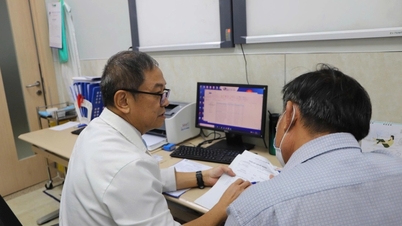



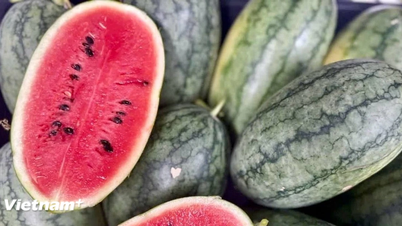











































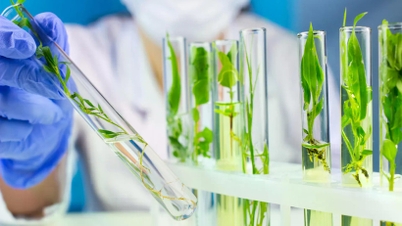
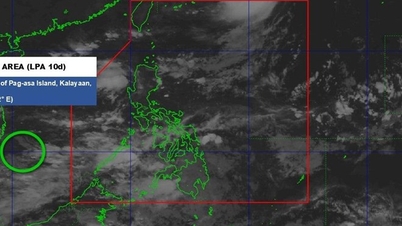




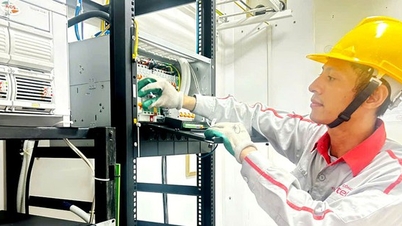




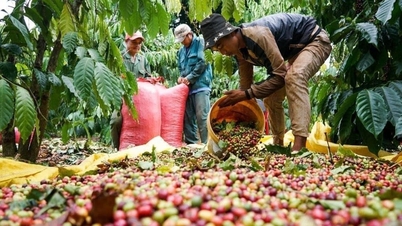

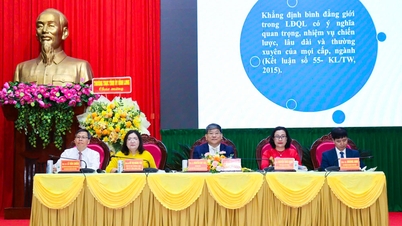

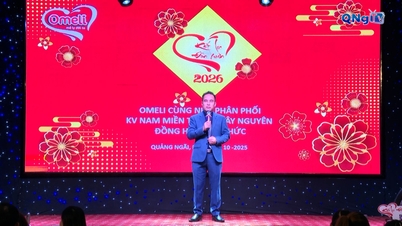

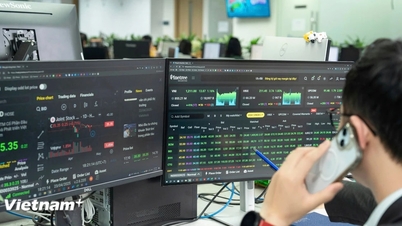
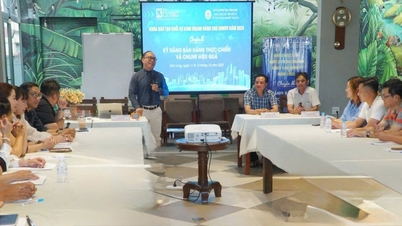

















Comment (0)